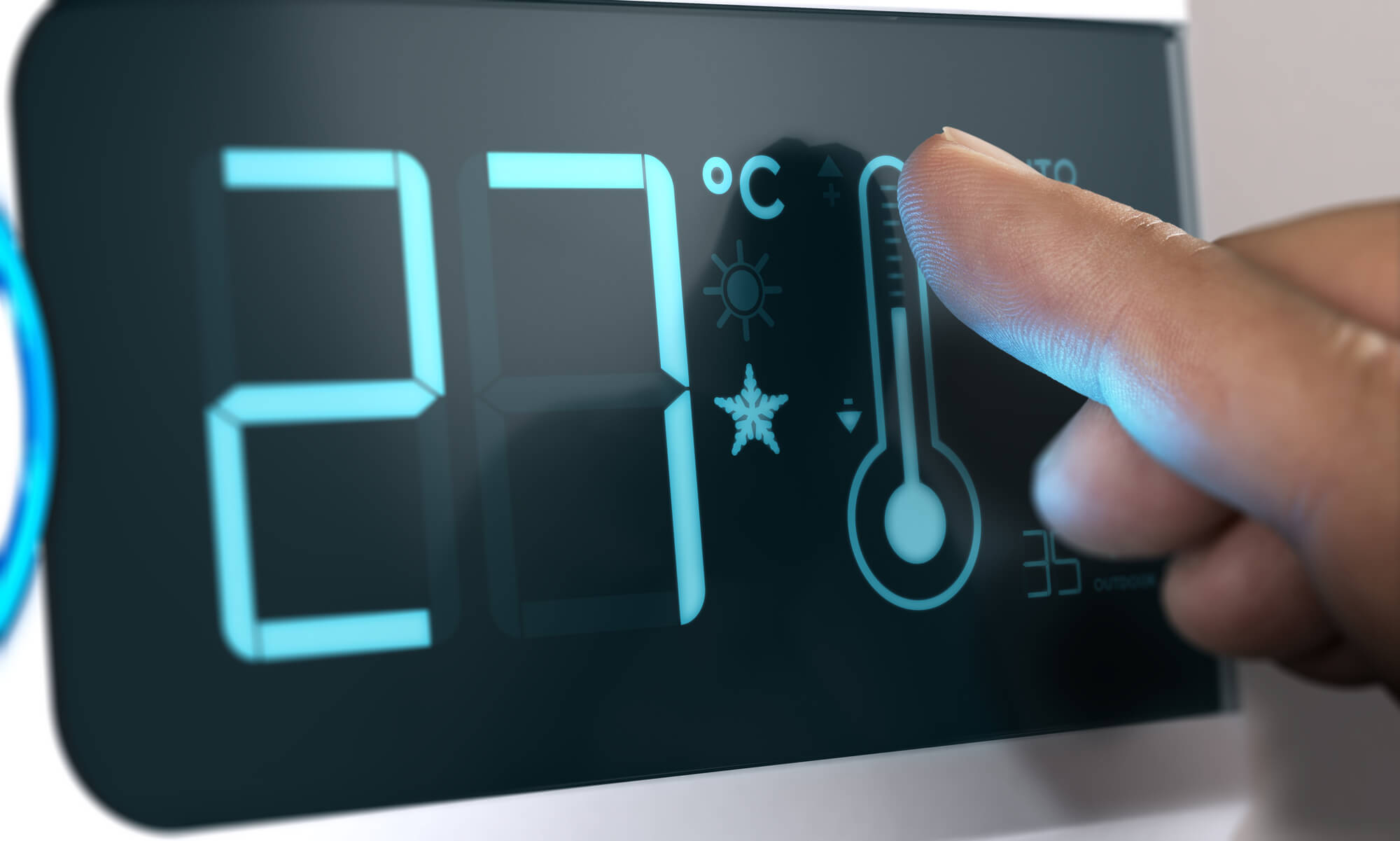
February 22, 2019
What Does Cloud-Based Temperature Monitoring Do?
75% of laboratory errors occur in the handling and processing phase of a specimen.
Human error is the main factor that creates blunders in the lab setting. Collection methods and psychological factors of the person performing the process are two examples.
Staffing would be needed around the clock for settings that require temperature monitoring; this introduces the possibility of greater human error.
Remote, automated monitoring can reduce these issues.
Keep reading to discover how cloud-based temperature monitoring can help your business.
What is Cloud Based Temperature Monitoring?
Temperature monitoring is vital in industries that contribute to public health, such industries as food and health.
In only 20 minutes, bacteria like Salmonella and Staphylococcus can double in number. Uncontrolled, they can be life-threatening to large numbers of the population. The repercussions of this are costly to lab owners.
This is why the World Health Organization issues guidelines on temperature control. As perishable foods and products like vaccines change hands, the temperature must remain at safe levels.
Temperature monitoring would have to be performed at regular intervals to ensure compliance. This kind of back and forth creates the opportunity for a disastrous human error. Busy work can turn into work that never gets done in a busy lab.
It is just not workable for time-sensitive items or large-scale operations.
Enter cloud-based temperature monitoring. A cloud-based system makes it easy to check storage facilities from remote locations.
Features of a Cloud Temperature System
A web-based temperature monitoring system reduces human error. It works with your current infrastructure, so there is no need to hire staff to run new software. These systems help you stay compliant with local and federal laws.
Here are some common features of temperature monitoring systems:
Monitoring and Data Logging
A proper system will track the temperature and log it automatically. You can then print out a report for a closer analysis of the storage conditions. This detail can tell you whether a system is cooling or heating properly.
Alarm Notifications
If anything is amiss within your storage unit, you will receive an alarm notification. This works in much the same way as a burglar alarm does, the system will notify the proper individuals based on predetermined information.
Lighting
Many microbial substances are sensitive to light. You do not want to wake up to an overgrowth of bacteria because you blew a bulb. A monitoring system will also inform you if the lighting levels are correct.
Doors
Leaving a door open is quintessential human error. Stay alert to this faux pas with a system that informs you of an open or closed door.
Places That Benefit From a Cloud-based Monitoring System
Having a quick look at the status of all your facilities saves time and money. The auto data logging feature gives you the ability to see a problem before it occurs.
Here are a few places that benefit from a cloud system:
Unstaffed Locations
Remote locations that are not reasonable to staff, benefit from remote monitoring. A monitor can tell you if the internal environment changes to dangerous levels. Maintenance can then be sent out to the location to prevent any further damage.
Equipment Rooms
Servers and other large electronics need to be housed in a cool, dry location. Their highest functionality is dependent upon regulated temperatures. Losing your servers could be just as detrimental to your business as losing the products.
Vaccine Chains
Vaccines can be fickle things. Some need cold temperatures while others need warmer. It is vital that the supply and distribution chains are temperature controlled.
Proper internal environments of vehicles and storage facilities keep the vaccines viable longer. Constant monitoring prevents the loss of such substances.
Transport Temperature
Food and pharmaceuticals become unsafe for consumption without proper regulation. The WHO created controlled chain guidelines to maintain the efficacy of these products.
Storage Facilities
All storage facilities are not created equal. Also, all products cannot be stored together. While traveling the supply chain, a temp monitor offers peace of mind to the provider and the end-user.
Added Security
Many companies check their systems for vulnerable points. These are places that can be accessed by those with malicious intent. A cloud-based temperature system is another safety feature for your company.
The data logging tells you the history of the system so you know if any changes were made. Tiered access also allows you to track who made what changes.
The centralized style of the cloud reduces the chances of human tracking error.
Is Cloud-Based for You?
The question of going cloud-based is best answered by your needs. As your business grows, it may not make sense to manually check the temperatures every hour.
Cloud-based temperature monitoring works where ever there is wifi. It goes where you go every time of the day or night. When the health of the population has concerned a dip in temperature can be costly.
Make sure your system comes with key features to best operate your business. If your products are light or heat-sensitive, prepare an environment for them to thrive.
Set your system up like an alarm system to stay informed on its status. Key members of your staff will be able to return the system to normal should something go wrong.
Auto-generated data charts reduce entry errors. They also allow you to follow the storage play-by-play. This is vital when your products have to be transported to many locations.
Optimal lab conditions are created by the marriage of human and technology.
For more advice on creating the best lab conditions, contact us today.